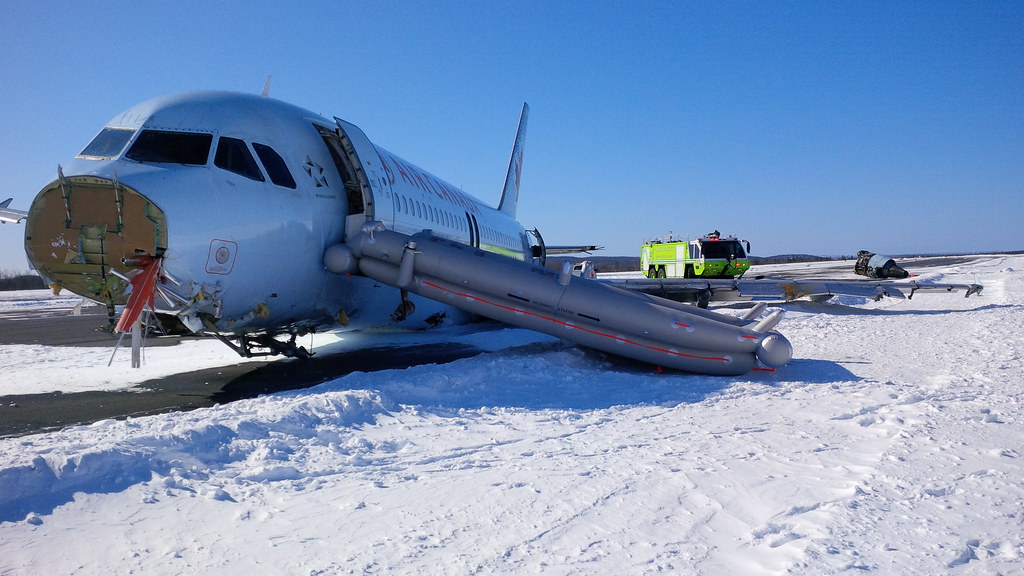pianokeys
MEL NO MUFFS
The Canadian TSB just finished up a news conference in Halifax, I watched it. They say the aircraft struck the power lines, and then landed 1100 feet short of the threshold where the main gear detached, it then struck the ILS localizer array and runway lights, and skidded 1000 feet beyond the threshold with the number one engine detaching. The TSB says there is extensive damage to the aircraft all around. CVR/FDR have been extracted and are on the way to Ottawa for analysis. More investigators and Airbus reps are coming tomorrow.
Air Canada stated in a press conference earlier today that the weather was safe to land. A reporter asked how the TSB feels about that comment and the TSB stated that they haven't ruled out weather yet. They are still collecting data and haven't begun to compile or piece together what happened.
One reporter asked if the passengers and crew were lucky based off what they've seen so far, and the response was "Like I said they touched down 1100 feet before the runway, I'd say they're very lucky."
I bet the pressure is on the TSB now with such fast results from the Germanwings incident.
Air Canada stated in a press conference earlier today that the weather was safe to land. A reporter asked how the TSB feels about that comment and the TSB stated that they haven't ruled out weather yet. They are still collecting data and haven't begun to compile or piece together what happened.
One reporter asked if the passengers and crew were lucky based off what they've seen so far, and the response was "Like I said they touched down 1100 feet before the runway, I'd say they're very lucky."
I bet the pressure is on the TSB now with such fast results from the Germanwings incident.



